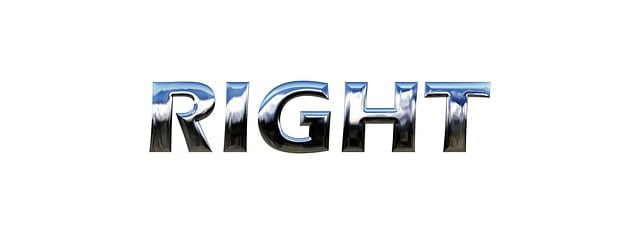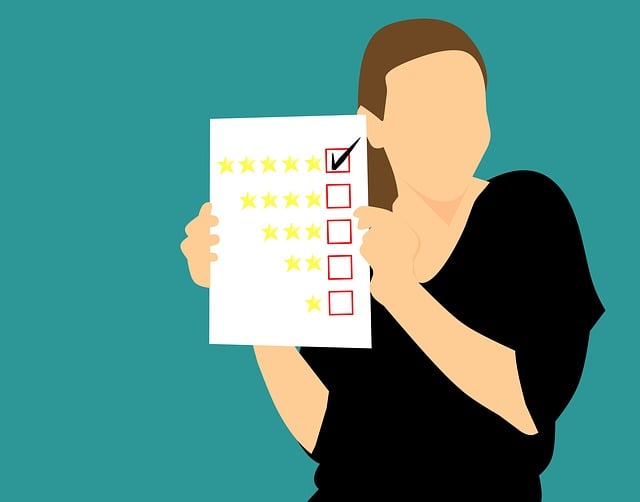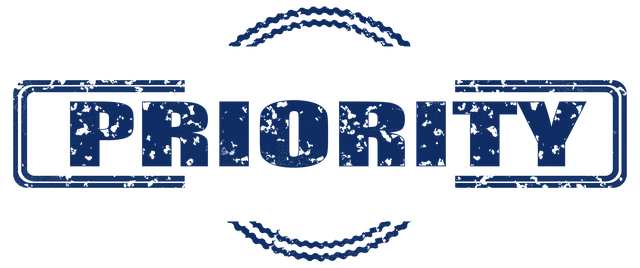TL;DR:
Determining your business risk profile is crucial for selecting suitable business insurance, protecting against hazards like natural disasters, property damage, liability claims, cyberattacks, and employee injuries. This involves assessing industry, location, operations, company size, financial health, and legal responsibilities. Key coverage areas include general liability, professional services liability, workers' compensation, and business interruption.
When choosing insurance:
1. Compare Policies: Evaluate scope of protection, specific risks, loss types, exclusions, and non-financial perks like legal advice or risk management support.
2. Understand Deductibles & Limits: Higher deductibles lower premiums but require financial preparation. Ensure policy limits adequately cover potential risks without overcharging.
3. Consider Insurer Reputation & Stability: Choose reputable companies with positive reviews and strong claims settling records for reliable service.
4. Review Policies Regularly: Reassess at least annually or after significant changes to stay current with evolving risks, regulatory shifts, and technological advancements.
Choosing the right business insurance is a crucial step in protecting your investment and managing risk. This comprehensive guide provides essential advice for navigating the complex landscape of business coverage. From understanding your unique risk profile to evaluating insurer stability, we break down key considerations. Learn about essential coverage areas, policy features, deductibles, and types of insurance. Discover how to read policy language and why regular reviews are vital. By following these steps, you’ll be well-equipped to select the perfect business insurance tailored to your needs.
Understanding Your Business Risk Profile

Knowing your business risk profile is a crucial step in how to choose the right business insurance. It involves assessing the potential hazards and risks specific to your industry, location, and operations. This includes considering factors like natural disasters (such as floods or earthquakes), property damage, liability claims, employee injuries, and cyberattacks. By understanding these risks, you can tailor your insurance coverage to meet your unique needs, ensuring that you’re protected against the most likely threats.
This assessment should also take into account your business’s size, financial health, and legal obligations. For instance, a small start-up might prioritize general liability insurance to protect against slip-and-fall accidents or customer lawsuits, while a larger corporation with complex operations may require specialized coverage for data breaches or professional services liability. This targeted approach helps in obtaining the most efficient and cost-effective business insurance.
Identifying Essential Coverage Areas

When considering how to choose the right business insurance, understanding essential coverage areas is paramount. Start by evaluating the nature of your business operations and potential risks. For instance, if you handle sensitive client data, cyber liability insurance becomes crucial. Similarly, businesses with physical locations need property insurance to safeguard against damage or loss.
Identifying areas like general liability, professional services liability, workers’ compensation, and business interruption is key. General liability protects against claims of bodily injury or property damage, while professional services liability covers mistakes or negligence in your industry-specific practices. Workers’ comp ensures employees are covered for work-related injuries or illnesses. Business interruption insurance helps offset lost revenue during unforeseen events, ensuring your business can recover financially.
Comparing Policy Features and Benefits

When considering business insurance, one of the key steps in choosing the right coverage is comparing policy features and benefits. Start by reviewing the scope of protection offered in each potential policy. Check if it covers general liability, property damage, and employee-related risks relevant to your industry. Next, delve into the specifics—what types of losses are included, and what exclusions exist? Understanding these details will help you identify gaps or overlaps in coverage that might affect your decision.
Additionally, assess the policy’s benefits beyond financial protection. Consider additional services like legal advice, risk management support, or access to business resources. These value-added features can significantly impact how well an insurance plan supports your business operations and growth. Compare these offerings across providers to find a policy that aligns with your company’s needs and offers the best long-term value.
Assessing Deductibles and Limits

When considering how to choose the right business insurance, assessing deductibles and limits is a crucial step. Deductibles represent the amount you must pay out-of-pocket before your insurance coverage kicks in. Higher deductibles often come with lower premiums, but it’s essential to balance this with the potential financial burden of larger out-of-pocket expenses during a claim. Evaluate your business’s risk profile and financial resilience when setting deductibles that align with your comfort level.
Similarly, limits define the maximum amount your insurance policy will cover for specific risks. These can vary widely depending on the type of coverage—liability, property, etc.—and your industry standards. Insufficient limits may leave you exposed to significant financial risk in the event of a major incident. Conversely, setting too high limits could result in unnecessarily higher premiums. Conduct thorough research and consult with insurance professionals to determine appropriate limits tailored to your business’s unique needs.
Exploring Different Types of Business Insurance

Choosing the right business insurance is a crucial step in protecting your investment and managing risks. The first step is understanding the various types available, each catering to different aspects of your business. Generally, these can be categorised into property insurance, liability insurance, and specialised coverages like professional indemnity or business interruption. Property insurance protects your physical assets, while liability insurance covers legal costs and damages resulting from accidents or injuries on your premises.
When exploring options, consider your business’s unique needs. For instance, if you handle sensitive client data, professional indemnity insurance becomes essential to safeguard against potential breaches and lawsuits. Conversely, businesses in high-risk industries may require more specialised coverage. Assessing these factors will help you narrow down the selection, ensuring you get the most suitable and cost-effective insurance for your business.
Evaluating Insurer Reputation and Financial Stability

When evaluating business insurance options, one of the most crucial aspects is assessing the insurer’s reputation and financial stability. Reputable insurance companies are a reliable sign that your claims will be handled efficiently and fairly. Look for insurers with consistent positive reviews and strong customer satisfaction ratings. Check their track record for promptness in settling claims, as this can significantly impact your business continuity during challenging times.
Financial stability is equally vital because it ensures the insurer can fulfill its obligations over the long term. Verify the insurer’s financial strength by checking their credit ratings and annual reports. A solid financial foundation allows them to withstand market fluctuations and maintain their commitments to policyholders, providing peace of mind that your business is protected even in unforeseen events.
Reading and Understanding Policy Language

Understanding your business insurance policy is a vital step in ensuring you have adequate protection for your company. When reviewing your policy, take time to read and comprehend the language used. Insurance policies are often filled with legal terms that can be confusing, but it’s essential to grasp what each clause means. Look for key sections that outline coverage limits, exclusions, deductibles, and conditions.
Learn about different types of insurance coverages like liability, property, workers’ compensation, and professional liability (also known as errors and omissions insurance). Each type offers specific protections tailored to distinct business needs. Compare these options to how they align with your company’s risks and activities. How to Choose the Right Business Insurance involves balancing coverage breadth and cost while ensuring you’re not paying for protections that aren’t relevant to your operations.
Regularly Reviewing and Updating Your Coverage

Regularly reviewing and updating your business insurance coverage is a key aspect of how to choose the right policy for your company. As your business evolves, so do its risks. What might have been adequate protection a few years ago may no longer be sufficient now. Therefore, it’s essential to reassess your needs at least annually, or more frequently if there are significant changes in your operations or industry landscape. This proactive approach ensures that you’re not underinsured during unexpected events and potential liabilities.
When reviewing your coverage, consider emerging trends and risks specific to your sector. New regulations, technological advancements, and market shifts can introduce unforeseen challenges. By staying current with these developments, you can make informed decisions about adjustments to your policy, such as adding new coverages or increasing limits, to mitigate potential losses and protect your business’s financial health.
